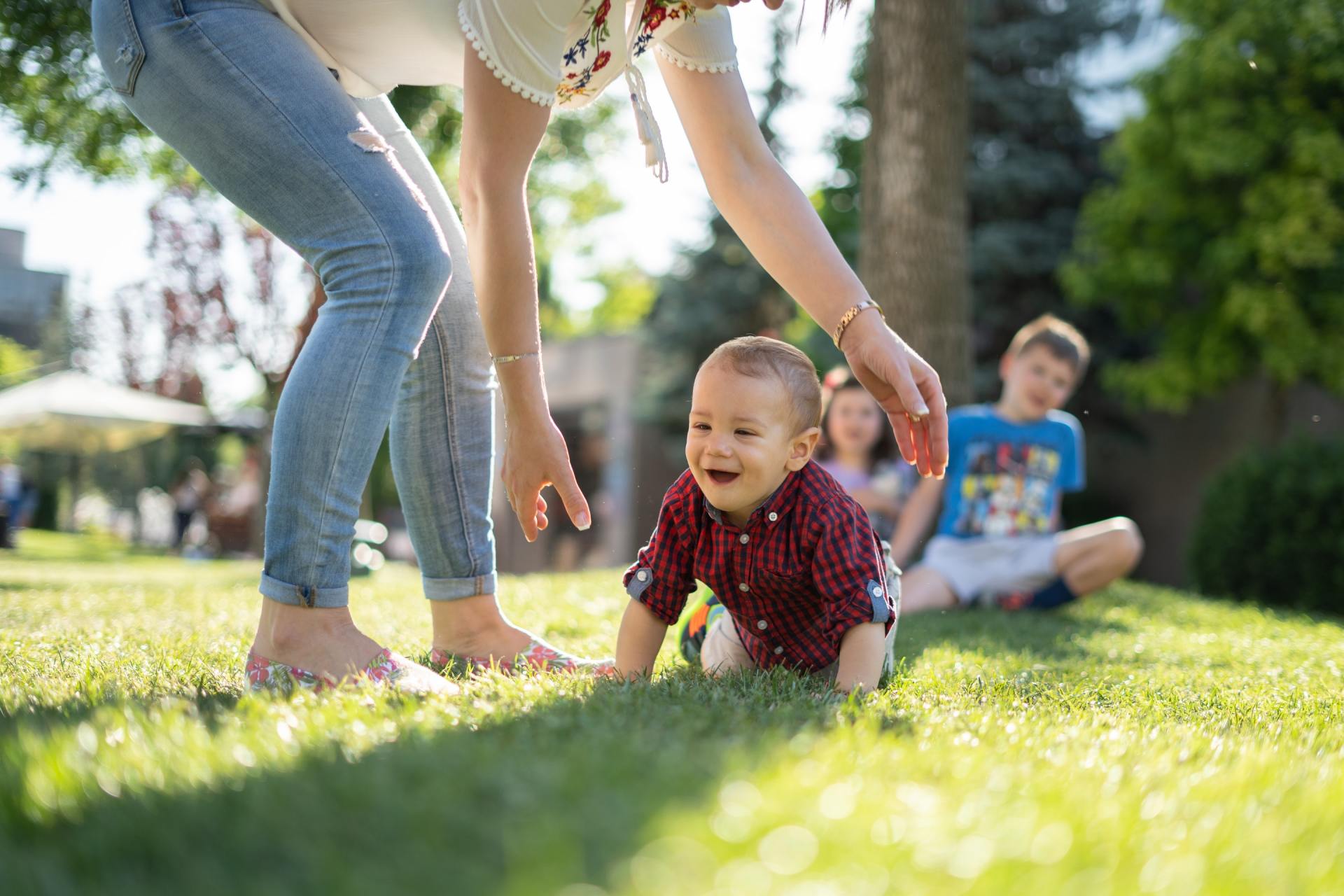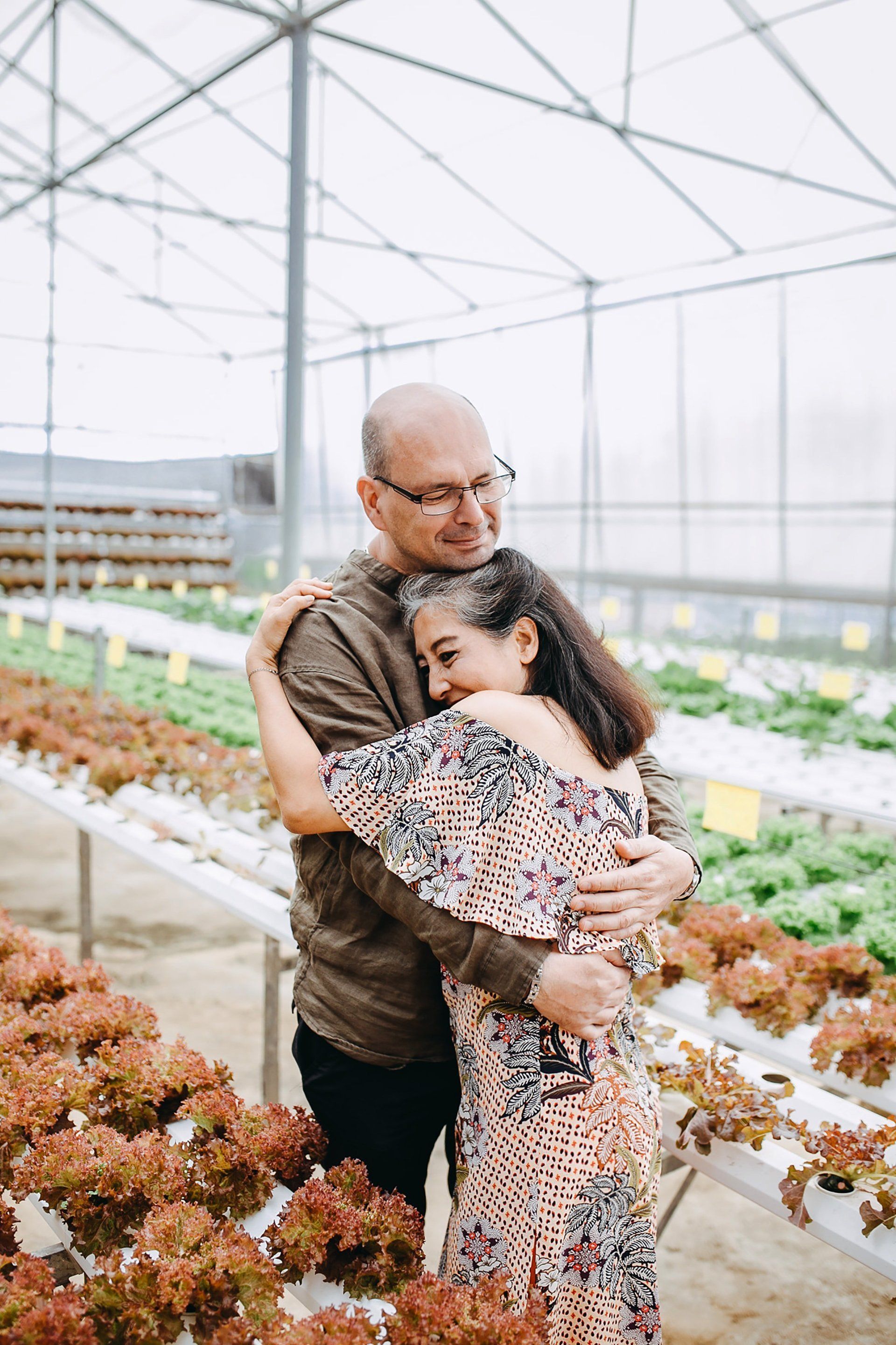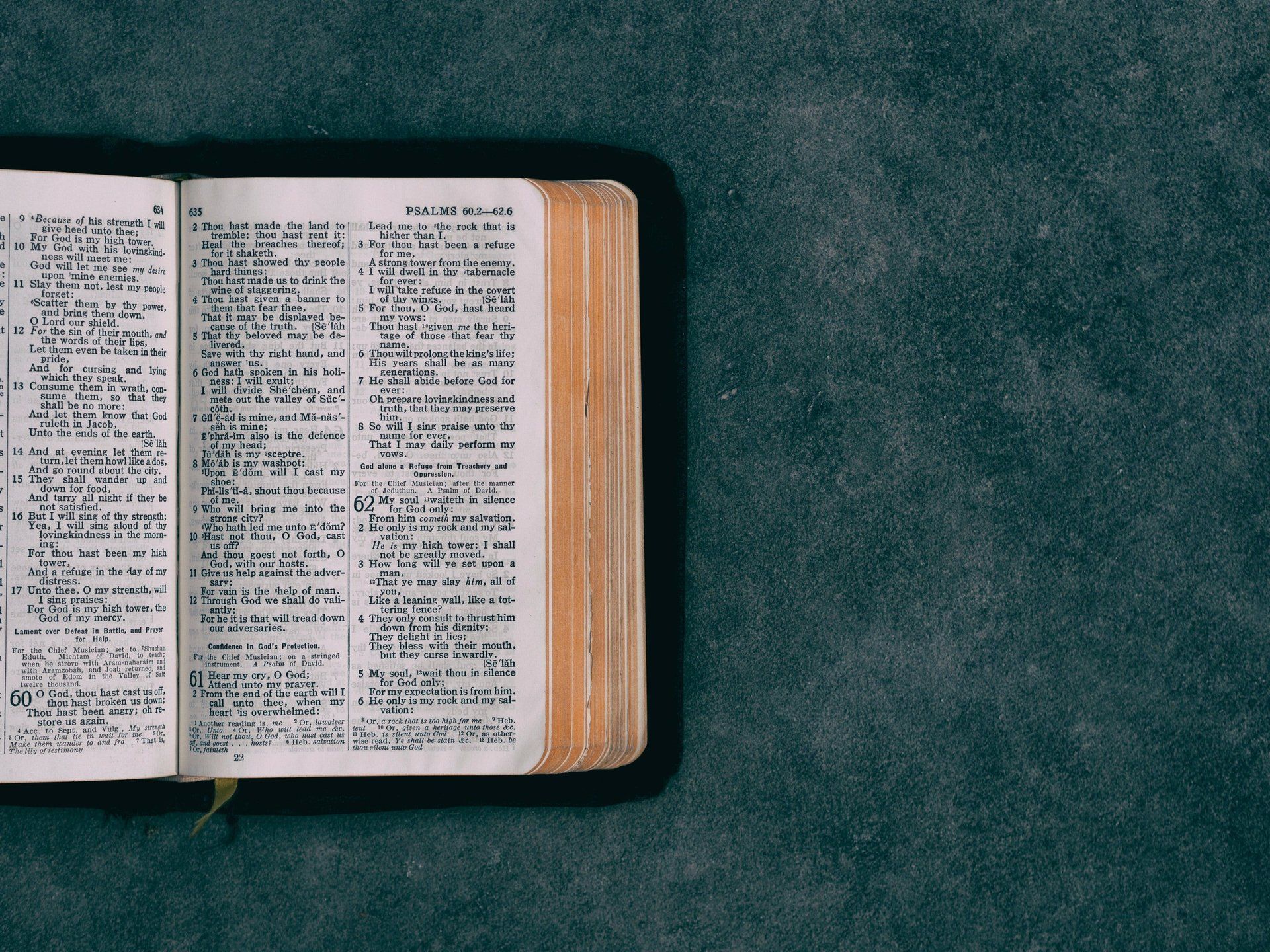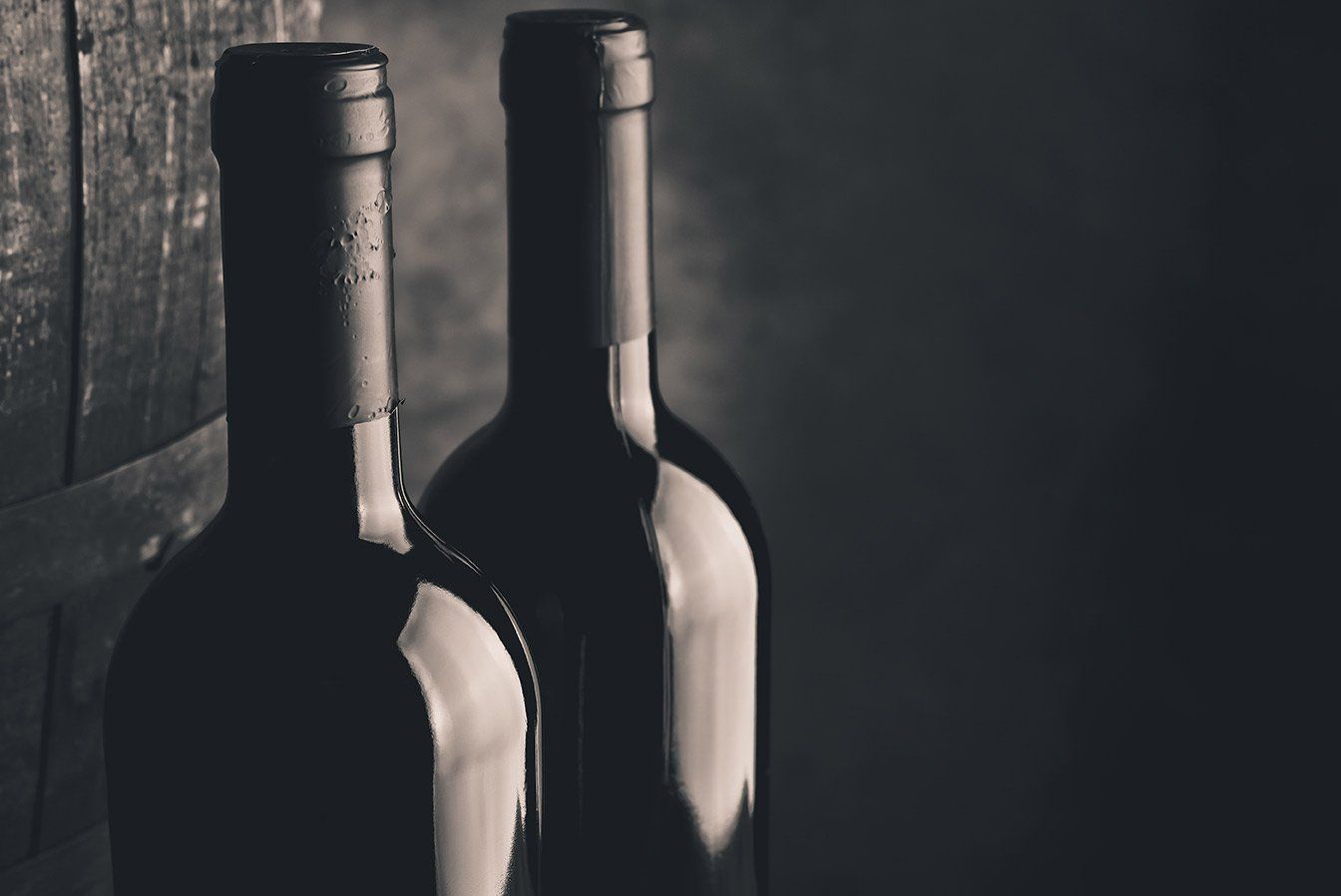Scarpa’s Brion-Vega Cemetery is located in San Vito d’Altivole, north of Bologna. The Brion-Vega Cemetery is a monumental tomb-come-landscape designed for the Brion family, founders of Brionvega (the Italian electronics group). The architect, Carlos Scarpa, is himself buried in this cemetery in the interstitial space, the thickness created by the walls of the old and new cemeteries. Scarpa had spent the last ten years of his life realising this incredible cemetery and described his work in the following terms:
“I have tried to put some poetic imagination into it, though not in order to create poetic architecture but to make a certain kind of architecture that could emanate a sense of formal poetry. The place for the dead is a garden. I wanted to show some ways in which you could approach death in a social and civic way, and further what meaning there was in death, in the ephemerality of life – other than these shoe-boxes.” (1)
Scarpa knew his materials. He knew how to work them, how to push them. He could make the heavy hover. In Essays Critical and Clinical, Deleuze describes Masoch’s use of words as transforming suspense into suspension. Scarpa achieves something similar. The most seemingly weighty and stable of elements is made mobile when part of a trajectory: his concrete gate is poised and requires the lightest of pressure to open. For beyond the raw concrete and its permanency, there is a style or a concept or a milieu. All of Scarpa’s incompatible fragments, elements, symbols and signs are mobile. They articulate trajectories, and backdrops, always taking you somewhere else: The wall beyond the corn; the corn and the village beyond the wall; the bridge, the island, the waters and the tomb beyond the stair.
Scarpa’s materials take you as you take them. His concrete stairs lead you into the landscape and the garden but also run you up walls; take you below water lines; have you enter the sky. You cannot walk these steps. Or at least you cannot walk the steps as one might usually walk a step. These steps abstract your movement both in concrete and in timber.
Like Scarpa, our work at Bleuscape Design attempts to take one on a sensory journey. The garden always figures prominently. Via the layout paths, the living body physically engages with a landscape, both directly and as a site from which to view a distant idealised perspective. In this regard, materiality is therapy. A diagnostic form. The aim is to lay out trajectories and becomings. Transparent and warm materialities open us up to new ways of thinking about life and, in so doing, create new ways of living.
1. Carlo Scarpa ‘Can Architecture be Poetry’, in Peter Nover ed., The Other City: ‘Carlo Scarpa: The Architect’s Working Method as Shown by the Brion Cemetery in San Vito D’Avitole’, (Berlin: Ernst & Sohn, 1989), 17–18.
Photo: Scarpa’s Brion-Vega Cemetery is located in San Vito d’Altivole, north of Bologna.
MORE SCENIC NEWS
-
A NEW CHAPTER FOR WOLVES BASKETBALL
Mar 28, 2024ButtonAs the sun sets on an incredible experience, it's time for me, Adam Chanter, to say farewell as the Pre...
-
GRAND OPTIONS CATER TO MOST NEEDS AND TASTES
Mar 28, 2024ButtonFor weddings, services can be held in The Old Church, which stands as a proud member of architecturally sig...
-
ANNE HOITINK – APRIL 2, 1945 – MARCH 15, 2024
Mar 28, 2024ButtonMigrated to Australia on 29 November 1952, aged 7 years. Going directly to the suburb of Reid in Canber...
-
GREAT SUCCESS FOR LITTLE ATHLETES
Mar 28, 2024ButtonRuby, Lily, Talia, Torah, Hugo, Leiawyn, Aric, Dean, Mitchell, Harvey and Noa; you all should be so proud ...
-
COMMUNITY CAMERA ALLIANCE – YOUR CHANCE TO HELP
Mar 28, 2024ButtonIt's essential for community members to remain vigilant and take steps to safeguard their properties and vehicle...
-
KERRI: AN HONOUR TO FILL THE ROLE FOR DIVISION 2
Mar 28, 2024ButtonDuring the pre-poll part of the campaign, I was very grateful for the opportunity to be able to meet an...
-
GALLERY’S $30,000 MAJOR ART AWARD RETURNS
Mar 28, 2024ButtonThe award, named after the sacred mountain which the Gallery overlooks, is open to artists living across the...
-
DO HOP IN FOR A NEW MONTE LUPO EXHIBITION
Mar 28, 2024ButtonMonte Lupo was established by Multicap in 1991 to provide meaningful employment to people living with di...
-
BREACH OF CODE: RULING ON MAYOR CHRISTENSEN RAISES MORE VOTER CONCERNS ON ELECTION EVE
Mar 14, 2024ButtonAdditionally, Christensen is to bear his legal costs, with a warning that any future infractions will be classifie...
-
THE LONG ROAD SPORTS CENTRE AND REGIONAL SPORT - WHERE DO YOU STAND
Mar 14, 2024ButtonThe SRRC Sports strategy 2010-2020 is to be shortly superseded by the 2024 – 2034 SRRC Sports Strategy....
LOCAL BUSINESS
COLUMNS
-
Beauty & Wellness
ButtonWriter: Rebecca Mander - Naturally Cos
-
Community Care
ButtonWriter: Geoff Marshall
-
Embrace
ButtonWriter: Jaap Vogel
-
Food for Thought
ButtonWriter: Dylan Gittoes
-
Hooked on Books
ButtonWriter: Friends of TM Library
-
Living with Dogs
ButtonWriter: Pam Brandis (Dip. Canine Prac.)
-
Nature Notes
ButtonWriter: Nadia O’Carroll
-
Pastor Kim
ButtonWriter: Pastor Kim Dale
-
Physio Talk
ButtonWriter: Neil Bell (Tamborine Mountain Physique)
-
Police News
ButtonWriter: Sgt Mark Shields
Officer in Charge
North Tamborine Police
-
Politics
ButtonWriter: Local Councillors and Representatives
-
Relationships
ButtonWriter: Linda Gray
-
The Mtn Midwife
ButtonWriter: Bree Lowing (Registered Midwife)
-
Travelling Places
ButtonWriter: Travelling Places Tamborine Mtn
-
Wine chat
ButtonWriter: Imogen Mulcahy
-
Yoga Under the Bodhi Tree
ButtonWriter: Margot Wagner
Your Local Paper
to read, keep & share

Your Local Paper
to read, keep & share
CONTACT
PO Box 118, North Tamborine Qld 4272
Phone: 0407 671 286
Email:
news@tmnews.com.au
ads@tmnews.com.au
Design by BjornSchmal.com


















